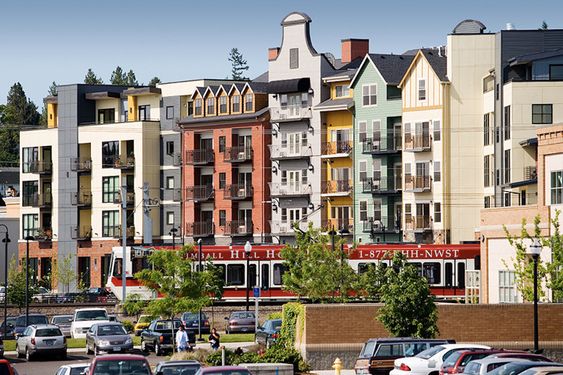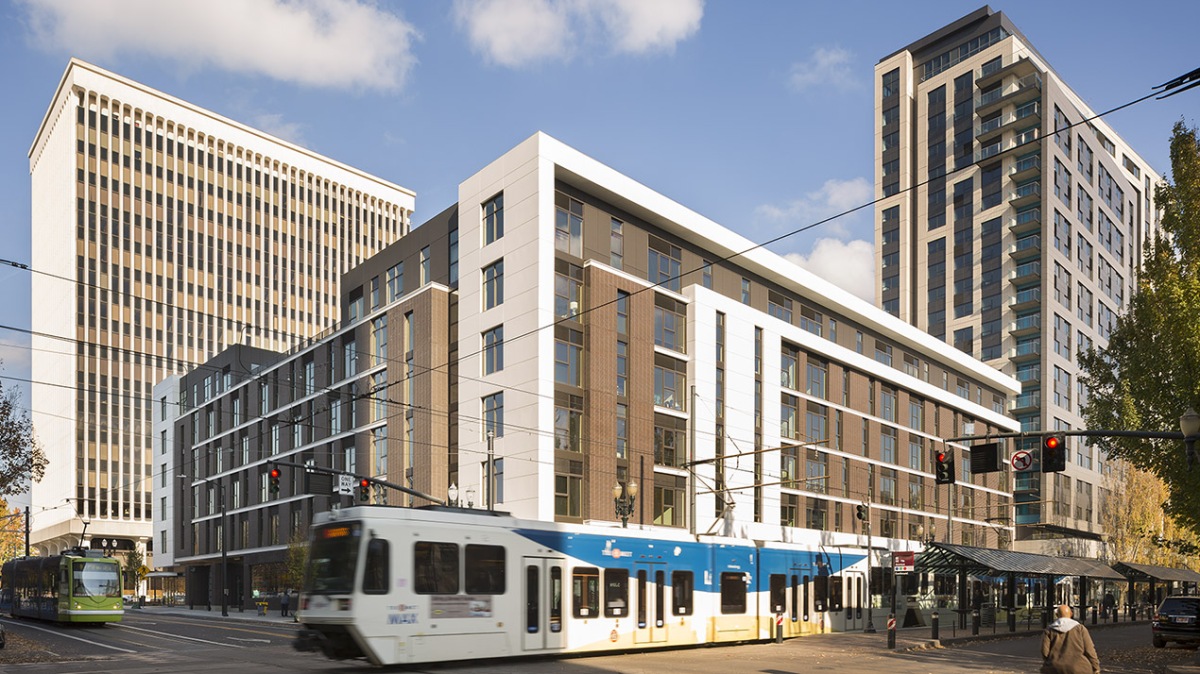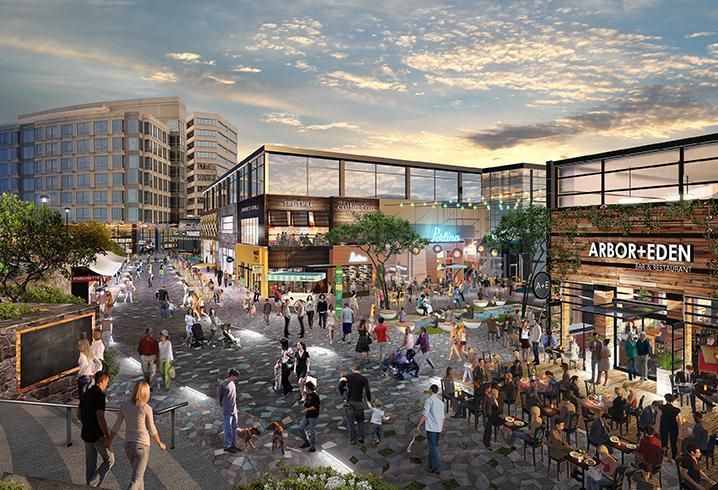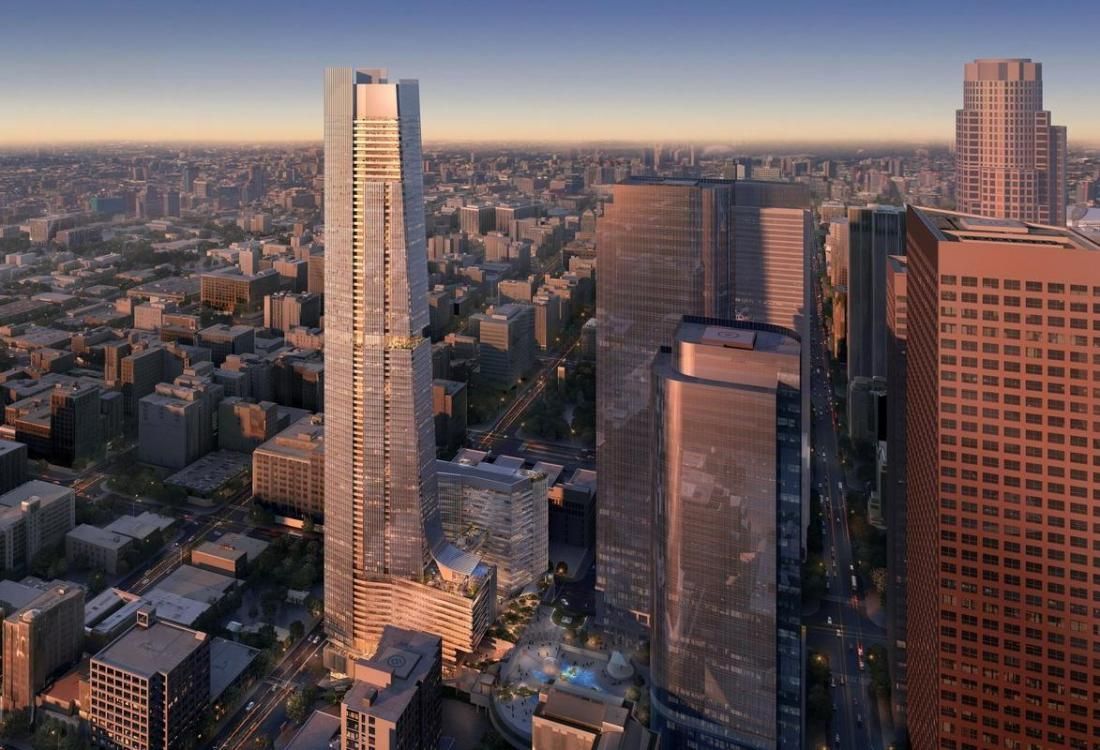A recent conference featuring Affordable Housing (AH) developers from the San Francisco Bay Area discussed the challenges of developing AH in the area while noting that the lack of AH is not unique to the Bay Area. In fact, it’s a national problem and requires structural changes to the way government views private property rights according to one participant. Tenderloin Neighborhood Development CEO Donald Falk further commented that part of the long-term solution involves public ownership of land.
From the perspective here on Oahu, utilizing property owned by the government aka public land, could be part of the solution to our ongoing AH crisis. Using public land for AH covers one of the 4 Ds of AH development – DIRT. The other three Ds are: Dollars, Determination and Density.
[Photo: Gresham Station; Gresham, Oregon. The local government provided the land and additional incentives for the development of affordable housing units.]









